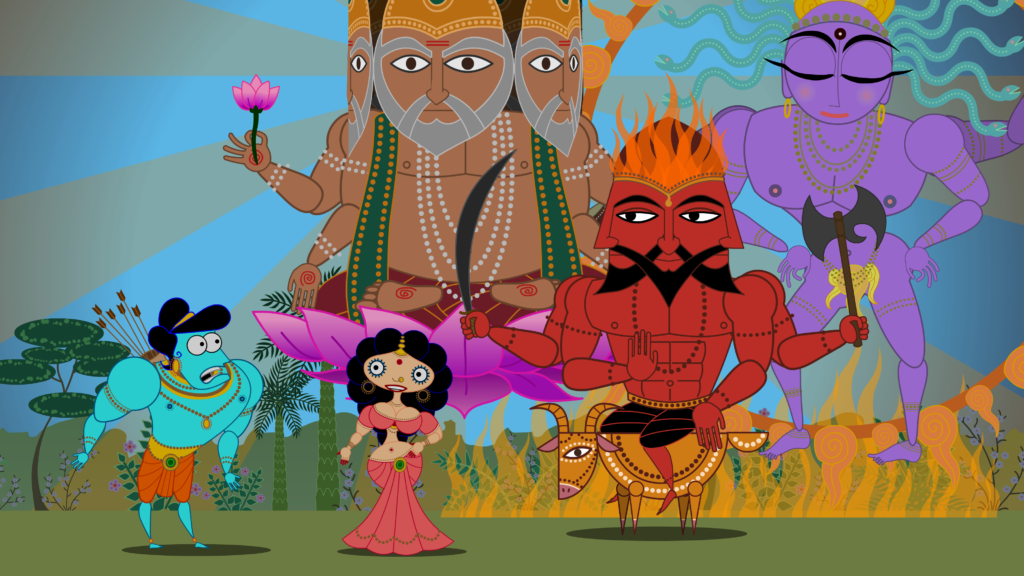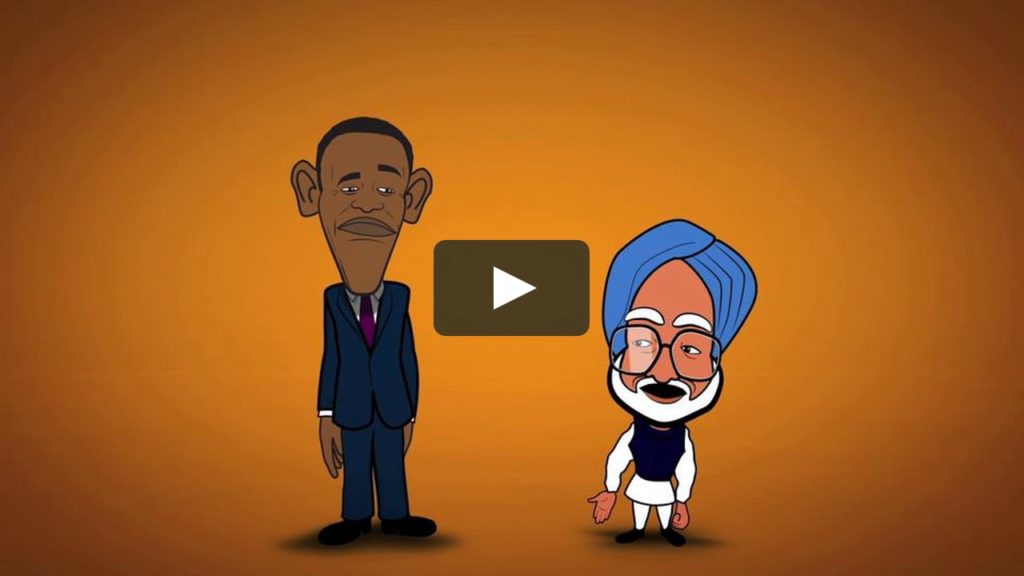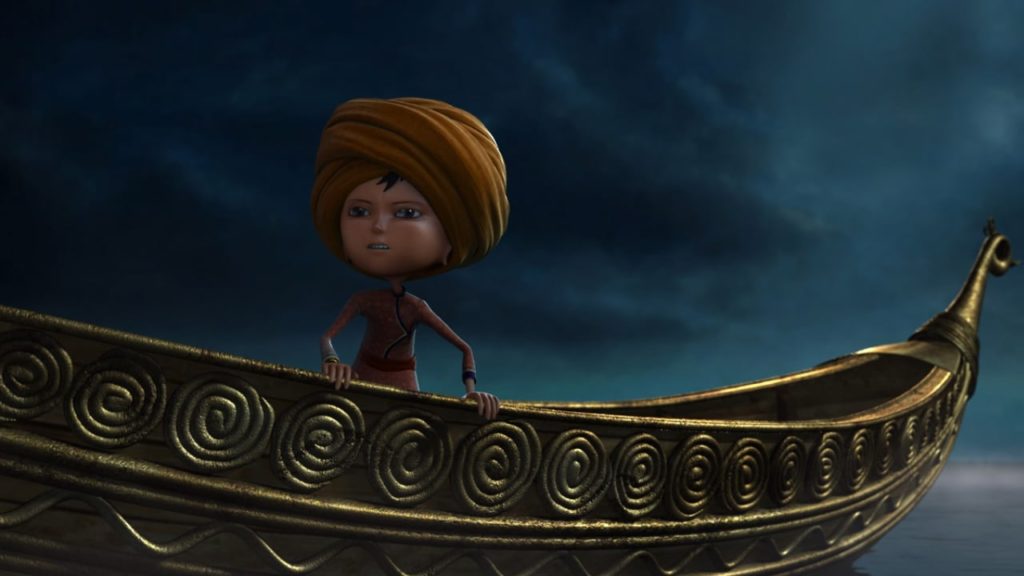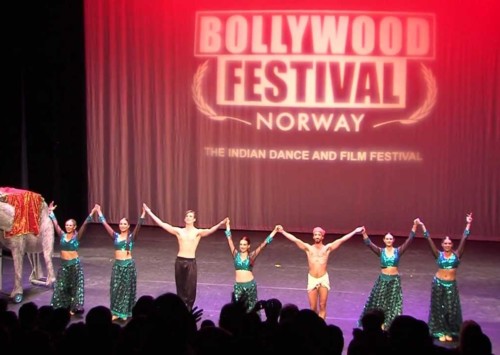Why India stopped producing quality animation films?

2008 animation film Sita Sings the Blues by American artist Nina Paley
While the Indian film industry, hailed as one of the largest in the world produces over 1400 films in a year, the country is peculiarly ignorant to the immense potential of animation films since its last release in 2014. Albeit keen interest from broadcasters and audience promising exponential revenue generation, the animation and VFX segments are yet to receive the adequate magnitude in the country.
According to the collaborative Indian Media and Industry Report 2015 from Federation of Indian Chambers of Commerce Industry (FICCI) and KPMG, a Netherlands based auditing company, Chaar Sahibzaade (2014), a Harry Baweja computer-animated film, , made with a budget of INR 200 million, generated a box-office revenue of over INR 650 million. It is interesting to find out that 45 pc of this collection came from the overseas market mainly from the Indian diaspora. A lack of the creation of original intellectual property is leading to the lack of a globally merchandisable brand, an alarming situation considering the approximate of 400,000 employees in the animation industry.
In a recent quote filed by the Indian Media and Entertainment Industry Report 2016, Chaitanya Chinchlikar, Vice President Business Development, Whistling Woods International regrets that an estimate of 75 pc involved in content development in the animation/film industry have no formal training.
Broadcasters mandate
Most regional and kids’ channels are highly under-indexed. Broadcasters are very enthusiastic about making large investments for good quality Indian animated content, often preferring it over daily soaps and general Hindi entertainment content. The Broadcast Audience Research Council (BARC), a television audience research body, gauges the viewership of the two genres of entertainment with its ratings of 5.6 pc viewership going to kids’ channels as opposed to the 28.4 pc for Hindi general entertainment channels (GECs). However, the under-indexing with 3.8 pc ad-revenue share hardly concerns the broadcasters because of the long retail value, repeat viewing value, multi-language and merchandising value of this content, as confirmed by the Whistling Woods report. Furthermore, the report states that the lack of quality viewership measurement systems creates an issue. BARC’s troubleshooting in this context seems extremely crucial for content creators to gauge the nuances of the demand and supply situation in the industry.

Vimeo is a great platform for independent animation film-makers
Bright prospects in animation and VFX industry
The India Brand Equity Foundation approximates that the Indian animation and VFX industry was valued at USD 748 million in 2014 and is forecasted to grow at 15 to 20 pc per annum, with an expectation to register a compound annual growth rate (CAGR) of 16.3 pc.
The chance for collaborative projects from the big players in the animation industry has immense potential as demonstrated by the acquisition of Reliance Mediaworks Ltd by Prime Focus Ltd, world’s largest independent and integrated media powerhouse, altering the industry dynamics for the better.
It is interesting to note that in the year 2014, out of the ten movies nominated in the Oscars, six of them had their VFX works carried out in India.

Kachho Gadulo – Little Gypsy was a 2012 Graduation film by an animation student inspired by Indian folk forms
In 2014, Arun Jaitley had proposed the National Centre for Excellence in Animation, Gaming and Special Effects. Sunil Arora, Secretary, Union Information and Broadcasting Ministry, reaffirmed the implementation of the proposition earlier in 2016, stating that the Maharashtra government has provided 25 acres of land near Film City in Goregaon, Mumbai.
The execution of the proposition of plans formulated for the industry in 2014 should ideally witness path-breaking content creation in the country. Chinchlikar reaffirms the incredible potential of the industry which needs a broader vision of expansion, focus on creating content with finer detailing, formal training to the employees and an the accommodation of the country’s finest talents in the projects within the country.
Chhota Bheem and Motu Patlu, two sensational animated superstars from two of the country’s leading media labs, may have made it to a number of brand campaigns with an unbelievable fan base; however, the viewership in the country is badly anticipating a wider variety of quality content.












